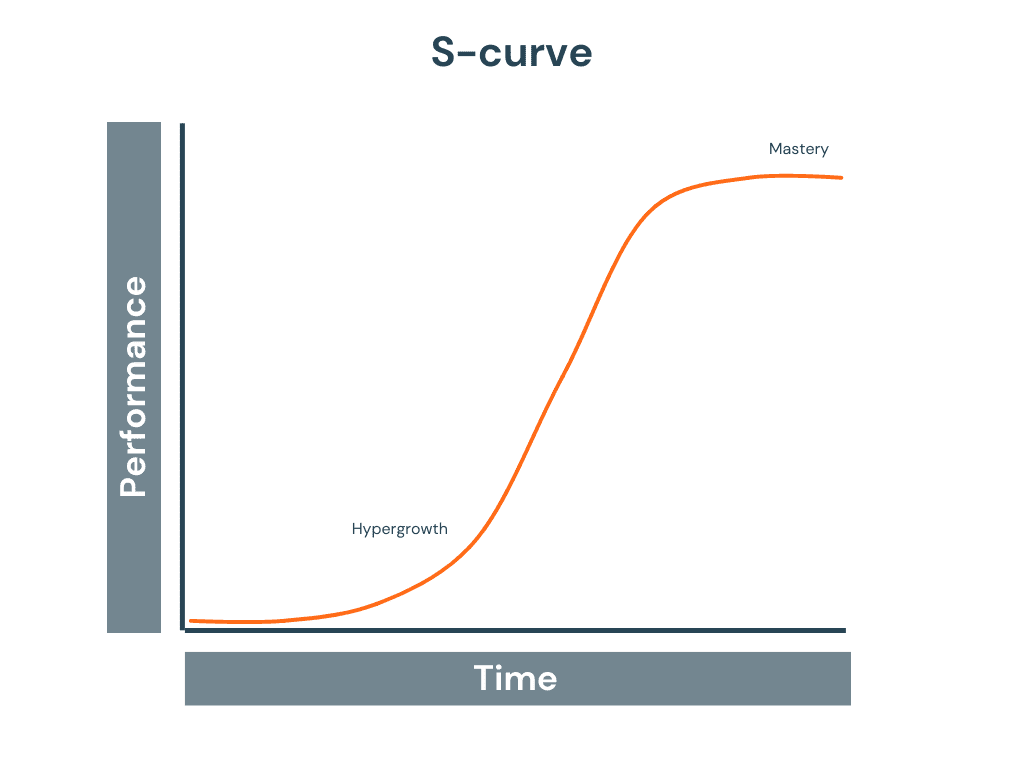Chapter IV: My Journey Through Language Learning
Introduction
Learning a new language has always been a captivating and enriching endeavor for me. It’s more than just acquiring a new mode of communication; it's about immersing oneself in a different culture, understanding diverse perspectives, and enhancing cognitive abilities.
In this chapter, I’d like to share my journey through learning languages, the challenges I faced, the strategies I employed, and the profound impact it has had on my life.
Early Beginnings: Ladino and Italian
My interest in languages began at a young age. I hail from a small valley in the Italian Dolomites, where my town is isolated and the locals speak a dialect called Ladino, which is quite distinct from Italian.
My parents, both from the area, are fluent in this dialect. At home, I experienced a unique linguistic environment: my mother spoke to me in Italian, following a doctor's advice to avoid school difficulties, while my father continued to speak Ladino.
Consequently, I became proficient in both Italian and Ladino, though I have always spoken Italian with my parents. This early bilingualism sparked a curiosity that grew over the years.

The First Hurdles: English
Reflecting on my English learning experience, it's clear that Italian schools often fall short in teaching this language effectively. The curriculum is heavily focused on grammar, literature, and formalities, whereas language acquisition should be more about practical usage. While grammar is essential for understanding sentence structure, consistent practice is crucial. Fortunately, my family recognized the importance of English in the modern world.
My first significant exposure to English was during a summer stay in London at the age of 17. Later, I attended university where courses were taught in English, and I eventually moved to Canada for a Double Degree program. There, I made the most significant progress, especially by interacting with my Canadian flatmate and honing my North American accent. Interestingly, understanding native speakers often proved more challenging than conversing with fellow learners.

My First Years at Work: Swedish
I began studying Swedish in February 2022 when I relocated to Sweden for work. Starting from scratch, I quickly reached a conversational level, enabling me to discuss various topics with native speakers. After a year, my Swedish proficiency wasn't as high as my English, but it sufficed for daily life and so I decided to drop class and focus on speaking with natives at work or public places. Learning Swedish revealed my passion for acquiring new languages, and since then, I haven't stopped exploring the languages of the countries I've been living in.

Ongoing Journey: Chinese
Currently, I am learning Chinese, which I find to be the most challenging language so far due to the complexity of its characters. The difficulty lies in the inability to read all characters, which hampers the multisensory learning process involving hearing, speaking, and seeing. Without being able to read, I rely solely on speaking and hearing, slowing down the association between characters and sounds.

Future
I aspire to learn German as it would greatly benefit my career. I studied German briefly in middle school, living just an hour from the Austrian border. However, I faced similar issues with the Italian school system, which emphasized grammar and formality over practical use. I know very basic German but I would not be able to engage in conversations.
Method
Difficulties During Learning
It's intriguing to observe how individuals encounter different challenges in language learning. Like any worthwhile pursuit, learning a language comes with obstacles, and here are mine.
In the learning process, two vocabularies exist: Passive and Active. The Passive vocabulary includes words you can understand, while the Active vocabulary comprises words you can use. Typically, people have a larger Passive vocabulary and gradually transfer words to their Active vocabulary. If you comprehend a word after hearing it multiple times, you’ll eventually be able to use it. For me, however, my active and passive vocabularies develop simultaneously, making it difficult to understand spoken language initially.
This dual development has its advantages and drawbacks. On the positive side, consistent effort allows me to start speaking with people right away. On the downside, it takes longer for me to reach a basic conversational level. Nonetheless, these challenges taught me the importance of persistence and the value of making mistakes as part of the learning journey.
Generally, the learning curve for a language is flat at first until you can engage in basic conversations (hypergrowth). Once you reach this point, conversing and learning new terms daily becomes easier.

Finding Effective Strategies
Through trial and error, I discovered several strategies that made language learning more manageable and enjoyable:
- Consistency: This is crucial for learning anything, not just languages. Adhering to predefined milestones is key. For instance, every day I might read a new grammar chapter, watch a YouTube video by a native speaker, or take two lessons a week with a teacher. Creating a plan and sticking to it is essential.
- Learning Material: In 2024, language learning can be entirely free through various methods. Apps like Duolingo offer structured lessons and interactive exercises. Platforms like Spotify, YouTube, and Netflix provide excellent learning resources. By finding engaging content, you can learn a language almost effortlessly.
- Language Exchange Partners: Moving to a new country introduces many native speakers. Initially, interactions might begin in English. As you progress in the local language, switching from English can be challenging. Personally, I associate people with specific languages. Hence, it's necessary to form new friendships where conversations start in the new language.
My own Strategy
- Daily Duolingo lessons to expand my vocabulary.
- Listening to podcasts entirely in the target language, despite initial difficulty.
- Watching movies and videos of interest with subtitles in the target language.
- Taking two weekly lessons with a native speaker, which provides a safe space for making mistakes and practicing.
- Living in a country where the target language is spoken, clearly facilitates daily practical usage.
Takeaway: While one method might work for a particular language, remember there are countless languages worldwide. The strategies that worked for English and Swedish are still being refined for Chinese.
The Rewards of Persistence
Learning a language has unlocked numerous opportunities for me. As a teenager, I was very shy. However, traveling and learning English helped me open up, transforming me into a more confident and outgoing individual. I'm immensely grateful to my parents for enabling these experiences, as their support was crucial.
Languages also build bonds. People from different cultures deeply appreciate the effort of speaking their language, elevating the conversation. I experienced this in Sweden and now in China. The dynamics are different in each country. In Sweden, English is widely spoken, and the effort to learn the language is appreciated because Swedish is a small language. In China instead, learning Chinese is essential for meaningful interactions due to lower English proficiency.
The sense of achievement from mastering a new language is unparalleled. The greatest reward is being able to hold conversations and understand dialogues.
Conclusion
In conclusion, learning languages has been one of the most rewarding pursuits of my life. It has taught me patience, resilience, and the joy of lifelong learning. I hope my story inspires you to embark on your own language learning journey. Remember, it’s never too late to start, and every small step brings you closer to fluency.
